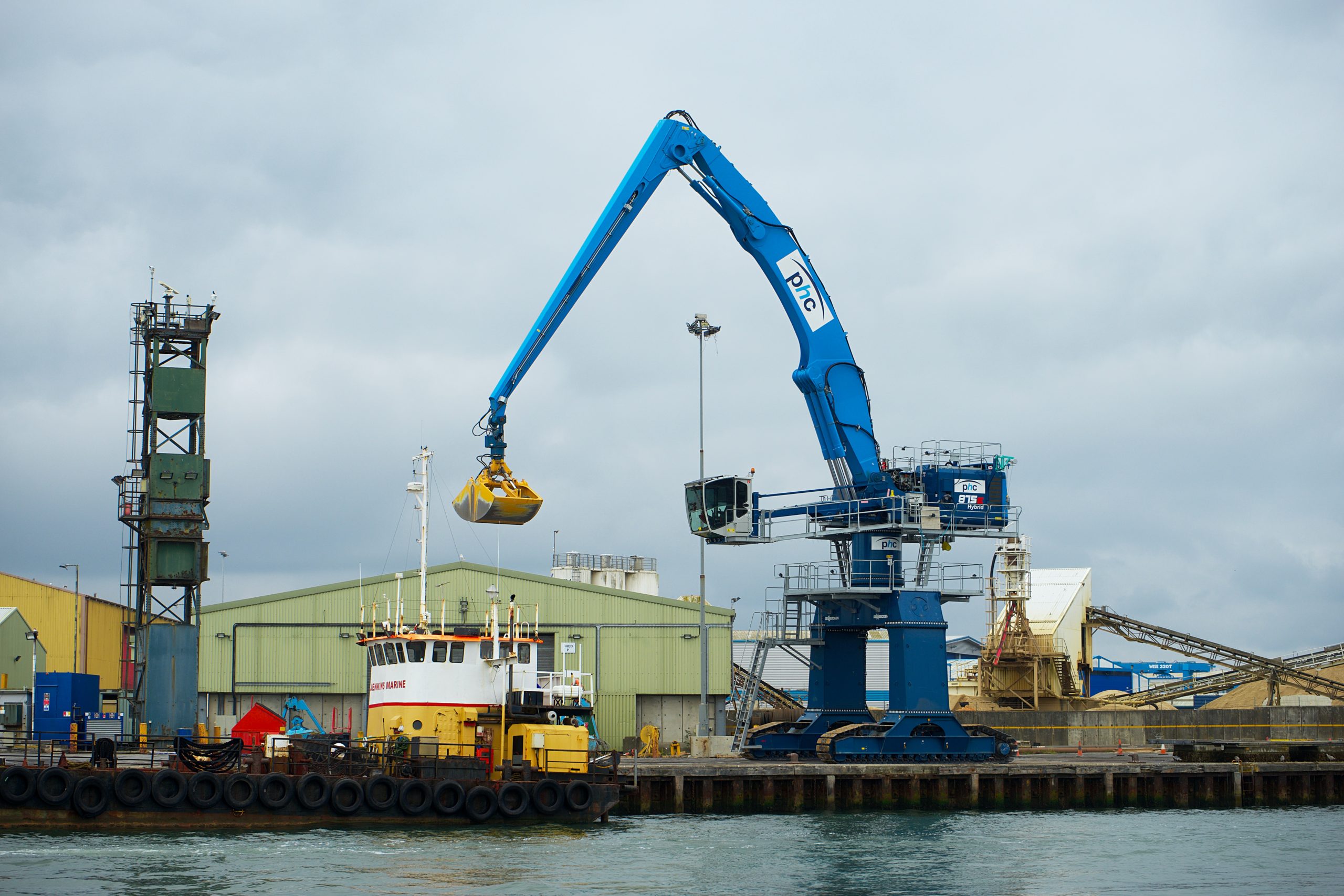Inspecting the lifting equipment / Lifting equipment inspection is an important process to ensure the safety and proper functioning of equipment used to lift and move heavy objects. It is essential to regularly inspect lifting equipment to ensure that it is in good working condition and to identify any potential hazards or defects before they can cause accidents or injuries.
There are several types of lifting equipment that may need to be inspected, including cranes, hoists, jacks, and slings. The inspection process will vary depending on the type of equipment and its specific uses, but there are some general steps that should be followed when inspecting lifting equipment.
- Review the manufacturer’s instructions and any relevant safety standards or regulations. This will help ensure that the inspection is conducted properly and that all necessary criteria are met.
- Visually inspect the equipment for any visible damage or wear. Look for cracks, deformations, or other signs of damage that could affect the equipment’s integrity or safety.
- Check all moving parts for proper operation and lubrication. Make sure that all gears, bearings, and other components are functioning smoothly and that there is no excess wear or damage.
- Test all safety devices and controls to ensure that they are functioning properly. This includes brakes, limit switches, and other safety features that are designed to prevent accidents and injuries.
- Inspect all cables, chains, and other load-bearing components for signs of wear or damage. Look for frayed or broken strands, kinks, or other defects that could weaken the equipment’s lifting capacity.
- Check the equipment’s load rating and compare it to the weight of the objects being lifted. Make sure that the equipment is capable of safely handling the load and that it is not being overloaded.
- Test all electrical components for proper operation and ensure that all wiring is secure and in good condition. Check for frayed or damaged wires and make sure that all electrical connections are tight and secure.
- Conduct a thorough inspection of all support structures and mounting points to ensure that they are strong and capable of supporting the equipment. Look for signs of corrosion or wear that could affect the equipment’s stability.
- Test all emergency stop and lowering systems to ensure that they are functioning properly. Make sure that the equipment can be safely stopped and lowered in the event of an emergency.
- Record all findings and make any necessary repairs or replacements. Keep a detailed record of all inspections and any repairs or maintenance that are performed on the equipment.
Lifting equipment inspection is an essential part of maintaining a safe and efficient workplace. By regularly inspecting and maintaining equipment, you can help prevent accidents and injuries, improve productivity, and extend the life of your equipment
